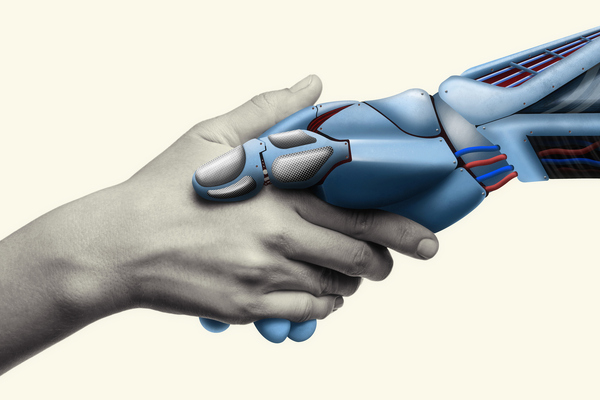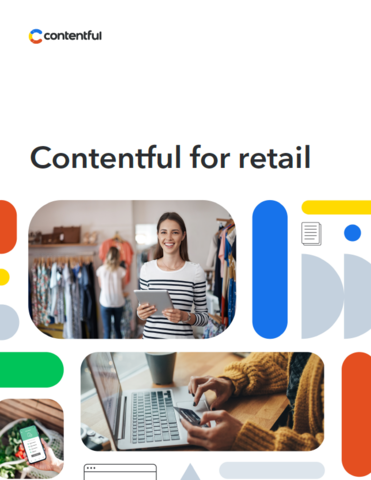Connecting with consumers during a ‘digital detox’

Izzy Field at IPOS considers how businesses should adapt their influencer marketing strategies in light of the emerging trend for content creators to disconnect from social media and their screens
A lot of brands across all sectors and regions are increasingly using influencer marketing to connect with their customers, working with content creators to get their products and services in front of their target audiences.
As one of the fastest-growing marketing techniques in the last decade, influencer marketing has come to be the cornerstone of most marketing strategies - particularly in the B2C space. However, an emerging trend for a digital detox has the potential to stall such strategies, particularly when content creators themselves are choosing to disconnect from social media and their screens.
Taking a break
The typical internet user now spends 6 hours and 40 minutes online each day, according to GWI. For many, a lot of this screen time is spent on social media, and the research suggests that the “typical” social media user now spends 2 hours and 23 minutes per day scrolling social networks.
Content creators are likely to spend even longer than this, with many influencers expected to be monitoring their networks for queries, comments and engagement 24/7. It is perhaps unsurprising that many of the influencers I work with have decided to step back from their devices and take a digital detox, either temporarily or for an extended period of time.
To avoid the inevitable burnout of being “always on”, I encourage creators to establish ground rules as early as possible in their career, taking at least one day each week away from their social channels. This is often received well by followers in the digital detox era, who are also trying to limit their own screen time.
Brands have an opportunity to lead the way here, too, by asking the creators they work with upfront about any boundaries they have and ensuring they align with their preferred days, methods and times of communication. The influencer’s audience will be aware of these boundaries, with many creators now announcing they are “signing off” for the weekend and proceeding to update their followers with a weekend recap each Monday.
Brands can use these breaks as a positive, capitalising on the times when the creator is most active and allowing them to take the lead on deciding when and how their content is shared.
Creating noise amid the silence
Brands looking to host in-person events may well wonder how these can be captured if creators are looking to disconnect, but, when handled correctly, a digital detox can actually create a huge amount of noise online.
For example, fashion brand The Row issued a notice before their Paris Fashion Week Show that stated: “We kindly ask that you refrain from capturing or sharing any content during your experience.” This might sound counterintuitive for a brand that relies heavily on creating a buzz online. However, the note itself drew a vast amount of media attention and was circulated ahead of the event, as well as generating media coverage during the show itself.
Content creators were still invited to attend, however by banning them from using their devices, the brand was able to encourage deeper engagement with the show itself. The influencers who attended the fashion show still shared their experience with their followers, pre and post-event, but were able to do so more authentically, having been free from distractions in the moment.
There was also a strong element of exclusivity which added to the appeal, with the attendees getting the very first sight of the new collection.
Building deeper connections
Building on the example set by The Row, brands of all sizes could consider using a similar approach to build a more meaningful relationship with their target audience via influencers. Creating a “no phone” event or taking influencers “off grid” to experience a brand event without the need to capture constant content can result in a more organic end result.
It can also set brands apart when they are facing fierce competition to secure their chosen influencer, as it provides them with something different to consider.
The best examples of these kinds of events are when the marketing team responsible for organising ensures there is still plenty of content being captured, so that it can be shared with attendees in a timely manner after the event.
The influencers could even be given the opportunity to contribute to the photography and videography brief, providing a ‘wish list’ of imagery that they can share across their channels.
An additional benefit of this approach is that all content can be kept to a specific house style, which is key for brands that have strict brand guidelines in place.
While a disconnect does present an initial challenge and might seem counterintuitive to influencer marketing, it can also create an opportunity to think differently. The idea of a disconnect in social media has been a predicted trend for some time, and it may well bring a refreshing change to the industry.
Brands and creators that embrace the movement and work together to turn it into a positive will be in a strong position to reap the rewards.
Izzy Field is Head of ENGAGE and Talent at IPOS
Main image courtesy of iStockPhoto.com and mapodile

Business Reporter Team
Most Viewed
23-29 Hendon Lane, London, N3 1RT
23-29 Hendon Lane, London, N3 1RT
020 8349 4363
© 2024, Lyonsdown Limited. Business Reporter® is a registered trademark of Lyonsdown Ltd. VAT registration number: 830519543





